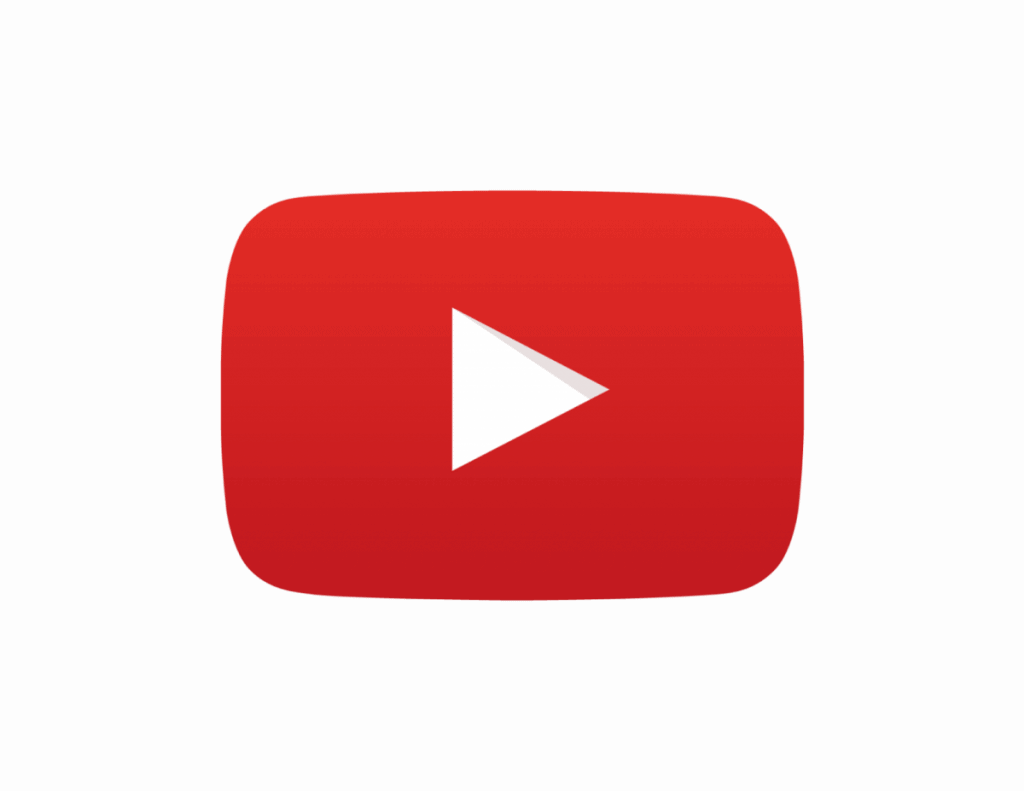There is sometimes that beard maintenance can be a little bit of a pain. It feels like a relentless battle against growth in areas where you don’t want growth and trying to grow the best hairs possible where you can grow hair. It’s probably crossed everyone’s mind at some point while growing a beard to simply wax the stubble away. This could be either at the cheek line and the neckline of the beard or it could be used to remove a beard completely – but painfully. In this article, we are going to go over everything you need to know about waxing stubble and the alternatives which will probably result in a much better outcome for you.
You can wax stubble on your face but if it is not approximately ¼ inch long the wax may not be able to hold on to the hairs well enough to pull them out completely. This means that you will have to go over the same area multiple times for an efficient facial stubble waxing.
If the hair on your face is relatively light and it hasn’t been through the change from vellus to terminal hairs you can easily wax the stubble from your face. However, if you are well into your beard growth journey and your stubble is thick and dense waxing will have a much worse outcome for you.
Ultimately, we want to be able to remove the hairs on our face with as little amount of trauma to the surrounding skin as possible.
If the waxing is not able to remove the hairs efficiently we will end up with red and swollen skin after the waxing procedure.
There are very few professionals which are willing to wax an entire face because of how painful the procedure is. However, there are professionals which are willing to help you maintain your beard Cheek line and neckline using waxing so that you don’t have two attend to that area has often as usual.
Article Contents
How long hair needs to be for waxing
For efficient waxing, stubble needs to be at least ¼ inch long which means that it needs to grow for approximately two weeks before waxing is considered effective.
The thing about beards is that the hair is very thick and dense. This is because of the size of the dermal papilla as the hair thickness is determined by the space in which it can grow.
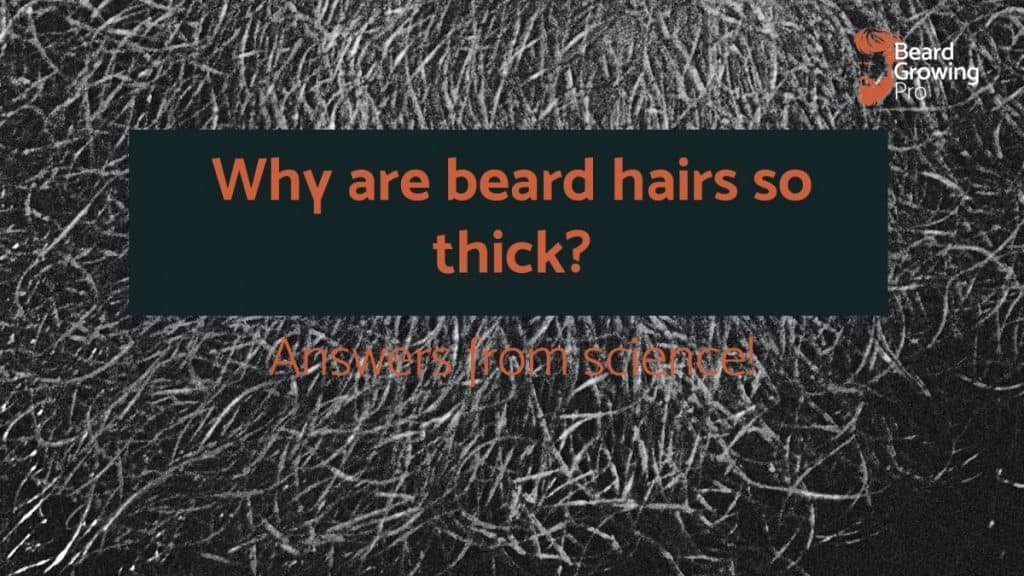
The very bottom of the hair follicle known as the dermal papilla is thought to be the main place where testosterone has a large effect on the growth of the hair. From a study that was published in 1999, we know that the size of a hair follicle is determined by the volume of this dermal papilla. The scientists looked at 235 hair follicles from different sites on the body including male facial hair, female facial hair and scalp and they found that in facial follicles there was a strong correlation between the area of the hair cortex (the outside layer) and the volume of the dermal papilla.
These extra thick hairs mean that you’ll probably have to grow out your beard for much longer than ¼ inch for the waxing to be effective.
What happens if your hair isn’t long enough
If your beard hair is not long enough for the waxing the wax will not be able to grab on to the hair to achieve a strong enough bond to pull it out completely.
If this happens, you really have two options. The first one is to wait and grow the hair a little bit longer. All the other one is to use a different method that doesn’t rely on the mechanical adhesion of the wax to the hair – such as electrolysis or laser hair removal.
If the hair is too long you can trim it up with a set of reliable trimmers before waxing.
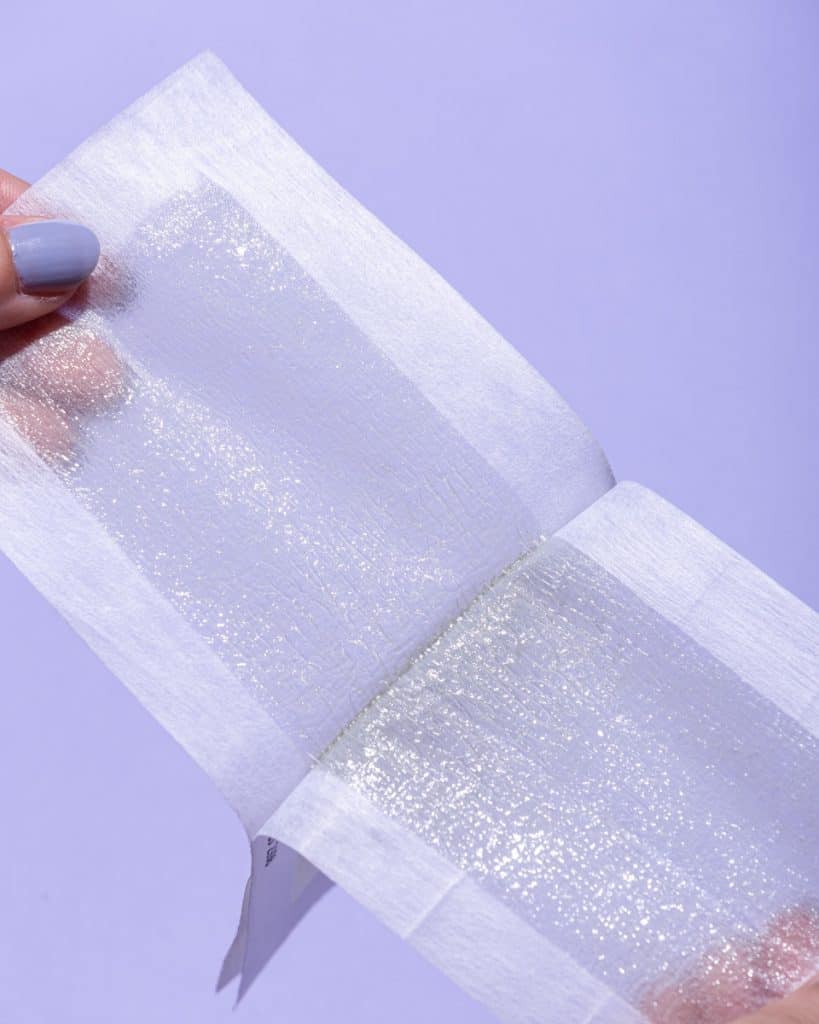
Does waxing facial hair make it grow back thicker?
Despite what you may read online (apart from this blog) there is no evidence that the waxed hair will grow back thicker. Everyone seems to have their own opinion but it will either grow back at the same density but will be lighter hairs as they are newly formed or, as the hair route becomes damaged over multiple sessions, the hair will thin out.
In the worst case scenario where the hair is not pulled out by the root but snaps off at the surface of the skin leaving the hair route behind, the hair can look dark as its cross-section relative to the skin has increased.
Just like when people say no shaving makes their beard look thicker – it’s actually that they have removed the natural taper of the hair and it just happens to be an illusion of extra thickness.
Waxing facial stubble
When you are waxing your beard you have a range of options for where and how you use the wax. You can use waxing strips to line up the top cheek line and the neckline of the beard so that you don’t have to shave there as often.
Cheek line
Waxing the cheek line is probably one of the most useful ways of utilising wax to enhance your beard style.
The hairs are likely to be sparse enough to be able to be waxed efficiently.
To remove the hairs from your cheek line with wax you should use a waxing strip – typically used for eyebrow hairs – for grabbing and waxing away the hairs.
If you are adventurous, you can try a hot wax method which involves melting wax applying it with a popsicle stick and then using a fabric layer to grab onto the works and pull it away from your skin.
Neckline
The neckline can be sparsely populated but because of the sensitive skin in the area it is likely that the pain will be far more than you are willing to tolerate.
However, using a gentle waxing method and making sure that you are getting all of the hairs in one go will reduce the inflammation and swelling by having to do multiple passages on the same area.
Cheeks and chin
Using wax on your cheek and chin area of your beard will be the most challenging. This is where the hairs are the densest and the thickest in most men.
You can use a variety of different waxing methods for removing the hair on your cheeks and chin with wax but using sugar wax maybe your best option.
A 2001 study conducted by the Department of dermatology, Wake Forest University School of medicine, NC, USA. They found that sugaring is a cost effective method and is a practical method of hair removal which results in hairless and exfoliated skin.
This is the method for producing your very own sugar wax for sugaring your face:
- mix 2 teaspoons of lemon juice with 2 tablespoons of sugar
- add about 9 teaspoons of water
- heat the mixture over a low heat until it is completely combined
- allow the mixture to cool down
- apply it to your skin in the direction of the hair growth
- let it dry on your skin for at least 20 minutes.
- Rub in a circular motion to remove the sugar
- rinse the remaining sugar with cold water
- repeat this method up to 3 times per week for a few weeks.
This method is suitable for all types of skin.
You have to be careful that you are not applying the sugar solution to your skin when it is too hot as you could risk scolding your face. Follow up this process with some moisturiser and you will not write your skin completely.
Mustache
A friend of mine used to pluck his moustache hairs individually with tweezers. I can’t think of anything more painful.
Waxing the mustache area of your beard is going to be painful and tricky to grab the hairs reproducibly.
If you decide to wax any part of your face, please be aware that you will probably have two regularly exfoliate and moisturise and replace the time you would have spent shaving with a skincare routine.
Downsides of waxing your stubble
Waxing stubble on your face can cause a load of undesirable side-effects. Even if you manage to get all of the beard hairs of your face in one go you are likely to also experience some other side-effects such as:
- Pain
- Redness
- Sun sensitivity
- Bleeding
- Rashes
- Ingrown hairs
Like we talked about, above, the skincare routine for after waxing involves exfoliation and moisturising regularly. This will be in place of your typical shaving routine and so you don’t really save much time if you wax your beard and stubble regularly.
I once got a back, sack and crack wax and I can assure you that the pain was almost intolerable. The amount of pain that you would need to sit through during a facial waxing is almost inconceivable and for most people it would not be something they would be able to endure regularly.
Other options for removing stubble
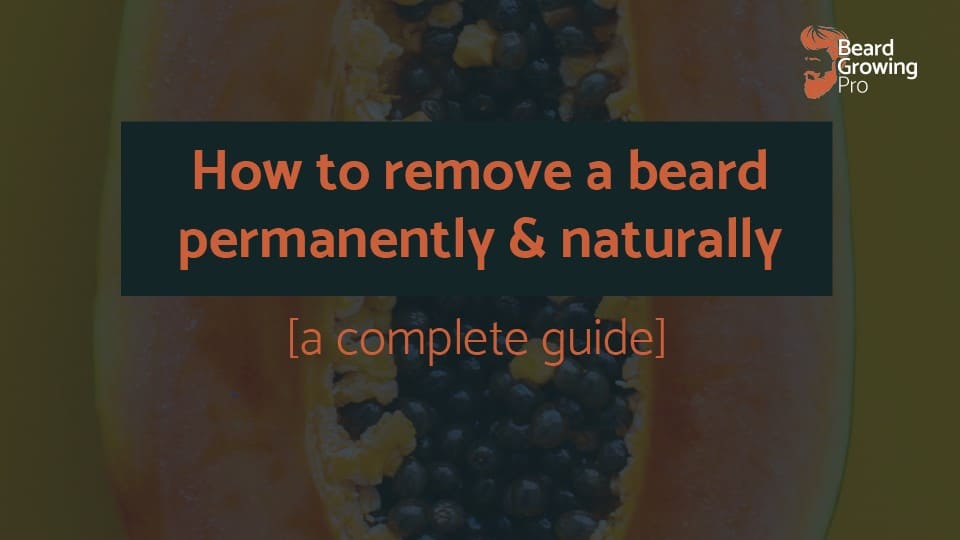
Here are some of the other ways that you can remove stubble without using waxing.
Hair removal crème
Facial hair removal cream is similar to shaving in that it can remove hair from the surface of the skin but it will struggle to remove hair roots in the hair follicle. There are a range of beard hair removal creams and here are some of the best:
- formula 103 extra strength facial hair removal cream – this cream was designed especially with African-American facial hair in mind. Formula 103 softens and dissolves the hair without affecting the route. It can also act as a moisturiser to reduce the amount of irritation that is caused by shaving. Formula 103 ingredients include sodium hydroxide and a range of herbal extracts.
- Soft sheen magic shave – this is another product that has been designed specifically with African-American men in mind. The product line includes mild, regular and smooth versions of this magic shave cream. You should trial each of the creams if you want to find the best one for you.
- Hair no more – hair no more is a growth inhibitor that can be used for men’s facial hair including beards. The hair finishing cream includes vitamin A and E, green tea extracts, antioxidants, and aloe vera. This cream also dissolves the root which means that it is the equivalent to waxing. And better than shaving.
Electrolysis
This is a method of removing hairs from the face or body which destroys the growth centre of the hair with chemical or heat energy. After a fine metallic probe is inserted into the hair follicle the hair is removed easily with tweezers. Unlike laser hair removal which is best for dark hair on light skin electrolysis will work no matter what your hair type or colour is.
One of the benefits of this method is that most areas of the body can be treated which includes the face. Depending on the veracity of your hair growth you may need to return for several electrolysis appointments. It is common to return once a week until the unwanted hair is gone but the exact amount of treatment time will vary depending on the thickness of your beard and how dense the beard hair is. Typically you are looking at between eight and 12 electrolysis sessions to permanently remove your hair.
The issue with electrolysis is that it can hurt. You may be able to apply a little bit of a topical anaesthetic to help manage the pain but it is no more painful than waxing or laser treatment.
So, electrolysis is a natural way of removing and eliminating beard hair which can result in permanent hair loss of the treated area.
Laser treatment
Laser treatment has become a popular way to remove hair. Laser hair removal is one of the most commonly undergone cosmetic procedures in the US. It works by shooting highly concentrated lights onto hair follicles. The dark hair follicles readily absorb the lights energy which destroys the hair from the inside out.
The benefits of laser hair removal are:
- speed – unlike waxing which relies on putting on wax and then pulling it off each pulse of the laser takes a fraction of the second and can treat an area of about 1 cm in diameter each time the laser pulses. Some people say it is like an elastic band being flicked at the skin. Small areas can be treated in less than a minute and large areas such as the back may take up to an hour.
- Precision – lasers are perfect for removing thick dark hairs because they rely on the dark hairs absorbing the skin. The thicker and darker your hair and the whiter your skin the better laser hair treatment will work.
- Results – many patients have permanent hair reduction and loss after about 5 to 10 sessions. This makes it incredibly predictable and even though it can be a little bit expensive you know that eventually, it will work.
Before the procedure your hair will be trimmed to a few millimetres above the surface of the skin stop in some cosmetic surgery clinics a numbing medicine is applied about 30 minutes before the procedure to help with the sting of the laser pulses. The laser equipment can be adjusted according to the colour, thickness, and density of your hair as well as the contrast difference between your skin and the hair. Best results are if you have really thick dark hair and light skin.
After being treated the area that has been lasered will look and feel like it is a little bit sunburnt. You will need to stay out of the sun for about six weeks and use a lot of sunscreen. Over the next month you will notice that the hairs are dying and are falling out and you will continue the treatment until your hair does not grow back anymore. This makes laser hair removal a really good treatment option for people who want to permanently remove some of their beard hair.
Summary
In this article, we have gone over everything you need to know to answer the question can you wax stubble on your face?
It is likely that the pain will be too much for the majority of people to endure which means that they will not wax their beards as the primary way of controlling facial hair growth. The thickness of the hairs makes it very difficult for the wax to adhere properly and will likely require multiple applications of the wax on the same area.
There are some other ways that you can remove beard hairs if you do not want to shave regularly including laser treatment, electrolysis, and facial hair removal cream.
Waxing can be used on the cheek areas of the beard to line up a beard more permanently than shaving and is most likely the best use for wax on your beard and face.
![Can you wax stubble? [Methods and options]](https://beardgrowingpro.com/wp-content/uploads/2021/06/Can-you-wax-stubble-1024x576.jpg)

